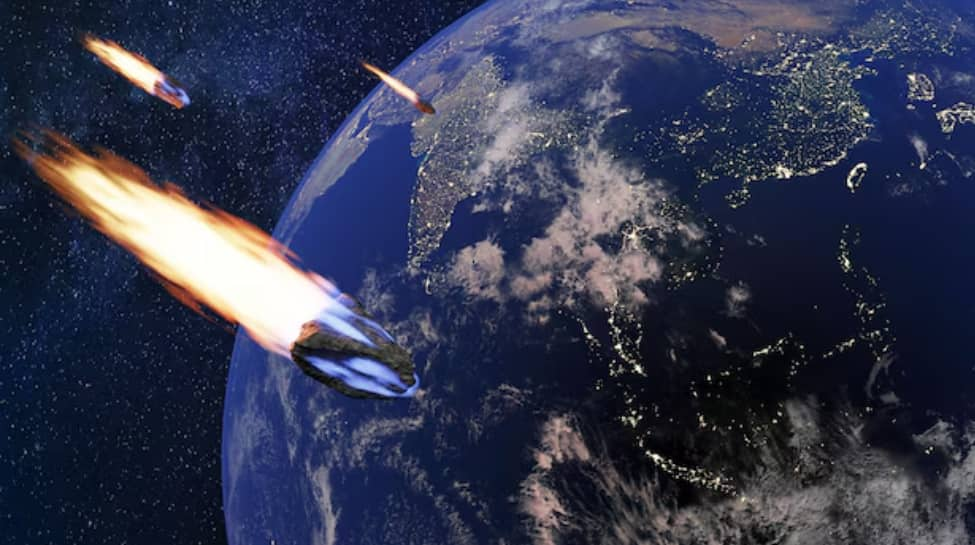NASA has identified an asteroid, designated 2024 YR4, with a 3.1% chance of striking Earth on December 22, 2032, marking the most significant impact risk ever recorded by modern forecasting. While the probability has raised global attention, experts assure the public that there is no immediate cause for alarm as space agencies worldwide continue to closely monitor its trajectory.
Asteroid 2024 YR4: Size, Speed, and Potential Impact
First detected on December 27, 2023, by the El Sauce Observatory in Chile, 2024 YR4 measures between 130 and 300 feet (40–90 meters) wide. While its composition appears typical of near-Earth objects, its velocity—reaching up to 40,000 miles per hour—raises concerns over the damage it could inflict if it enters Earth’s atmosphere.
“If it does impact, the most likely scenario is an airburst,” explained Bruce Betts, Chief Scientist at the Planetary Society. Such an explosion could release energy equivalent to eight megatons of TNT—over 500 times the force of the Hiroshima bomb. However, if the asteroid falls closer to the higher end of its size estimate, it could create a ground impact crater, amplifying potential damage.
Tracking the Threat: Global Space Agencies Stay Alert
The International Asteroid Warning Network (IAWN) issued an official warning on January 29, 2024, after the asteroid’s impact probability surpassed 1%. Since then, the risk level has fluctuated, though it continues to trend upward. The European Space Agency (ESA) currently estimates the impact probability slightly lower at 2.8%.
Despite growing concerns, experts maintain that this is not a global catastrophe in the making. “This is not the dinosaur killer. This is not the planet killer. This is at most dangerous for a city,” said Richard Moissl, head of ESA’s planetary defense office.
James Webb Space Telescope to Refine Trajectory Analysis
NASA plans to employ the James Webb Space Telescope (JWST) for more detailed observations of 2024 YR4 starting in March 2025. Currently moving away from Earth toward Jupiter, the asteroid won’t make another close approach until 2028. The JWST’s advanced imaging capabilities will help refine trajectory predictions. “Webb is able to see things that are very, very dim,” Betts noted, highlighting the telescope’s role in understanding potential impact risks.
Possible Impact Zones and Preparedness Plans
The IAWN has identified several possible impact regions, including:
→ Eastern Pacific Ocean
→ Northern South America
→ Atlantic Ocean
→ Africa
→ Arabian Sea
→ South Asia
While these areas are under observation, experts stress that the long lead time offers ample opportunity to prepare, should intervention become necessary.
NASA’s prior success with its Double Asteroid Redirection Test (DART) in 2022, which successfully altered the course of a non-threatening asteroid, has reinforced confidence in planetary defense strategies. Should the need arise, similar technology could be deployed to redirect 2024 YR4 and prevent impact.
Stay Informed, Not Alarmed
Although the asteroid’s potential impact presents a significant event in space monitoring history, experts emphasize that there is no immediate danger. Continuous tracking and advanced technologies provide humanity with tools to mitigate such risks.


